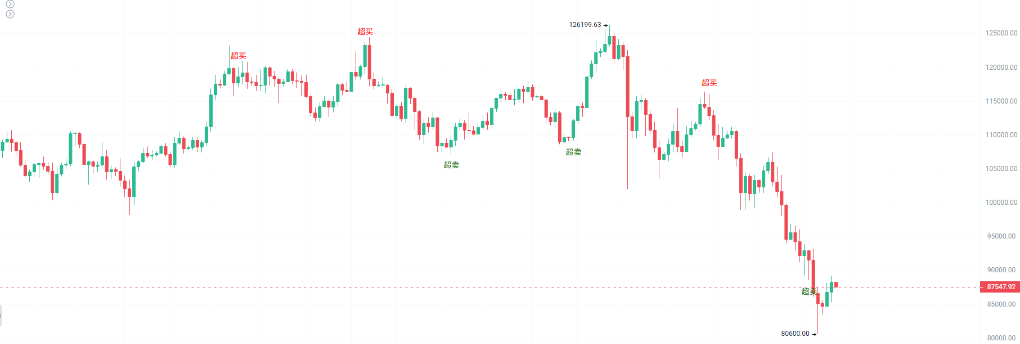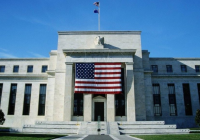A growing financial storm could hit the US dollar and Treasuries if President Donald Trump removes Federal Reserve Chair Jerome Powell from his post.
According to Deutsche Bank, this scenario is being severely mispriced by the market, and if it happens, the fallout could be fast and brutal.
The warning came from George Saravelos, the bank’s global head of FX strategy, who told clients the probability of Powell being ousted is too low, despite the fact that Trump keeps turning up the heat.
Trump has already made it clear he wants aggressive rate cuts and has hinted he may name a replacement before Powell’s term ends. Meanwhile, Powell said he has no intention of leaving, even if the president asks. He acknowledged cost overruns tied to the building renovation, but said the claims of deception are “flatly misleading.”
Powell’s exit would hit the dollar and bonds hard
Saravelos said if Trump goes ahead with removing Powell, the trade-weighted dollar could fall by 3% to 4% within a day. He also expects Treasuries to sell off, pushing yields up by 30 to 40 basis points. That kind of hit would load a permanent risk premium onto both assets.
He pointed to Polymarket, a crypto-based betting site, where odds for Powell’s removal are sitting below 20%, suggesting investors haven’t woken up to the danger.
But it’s not just about prices. Saravelos said the global financial system would feel the shock. Investors would likely view Powell’s removal as a blow to the Fed’s independence, throwing the institution into what he called “extreme institutional duress.”
The Federal Reserve, at the top of the dollar-based monetary system, also controls swap lines with other central banks. If these become politically tainted, confidence in the Fed could collapse far beyond the US.
How markets respond after the initial shock depends on whether other Fed officials defend the institution and what kind of person Trump picks as Powell’s successor. Saravelos also flagged the country’s fragile external funding position as a major risk. If Powell’s departure triggers a deeper panic, the dollar and bond markets could suffer even larger, more chaotic moves than currently predicted.
Traders ignore calendar red flags and tariff noise
While Powell’s position hangs in the balance, investors are acting like everything’s fine. Stocks are climbing. Bitcoin is rallying. Credit markets are calm. The S&P 500 has jumped about 30% since its April lows during the last tariff panic. It’s posted eight record highs this year. But under the surface, things are shifting.
The index recently pulled back from overbought territory. Sectors that had lagged behind are getting attention, while the high-flyers are cooling off. Strategas Research noted that the worst-performing 20% of stocks over the past year gained 6.2% heading into Friday.
Top performers, meanwhile, went nowhere. Cyclical stocks and tight credit spreads suggest investors aren’t too worried about a downturn. Even the Citi U.S. Economic Surprise Index has bounced back into positive territory.
Globally, markets look strong. Nvidia hit $4 trillion in value, but traders didn’t celebrate like they did when it crossed $3 trillion last year. Renaissance Macro Research said the market’s reaction now feels more restrained.
Tariff threats from Trump’s team returned last week, but no one flinched. Unlike in spring, traders now believe only 25% of S&P 500 earnings are exposed to the tariffs, based on Deutsche Bank estimates.
The market’s relaxed stance could be risky. It assumes Powell stays, the economy avoids a recession, and the AI boom keeps fueling corporate spending. It’s a best-case setup, not unlike 1998-1999, when a near-bear market was followed by a wild rally powered by tech. The danger is that traders think this clarity is permanent. It’s not.
And there’s a calendar problem. Data from Bespoke Investment Group shows that after July 15, S&P 500 returns tend to be weaker. In 2024, the market spiked into July before selling off hard. A soft CPI print fueled hopes of rate cuts. Nasdaq 100 dipped, small caps spiked, and hedge funds were forced to unwind carry trades. The S&P lost around 6-7% and didn’t recover until after the election.
KEY Difference Wire : the secret tool crypto projects use to get guaranteed media coverage




